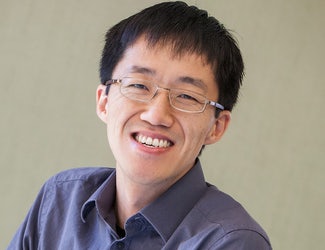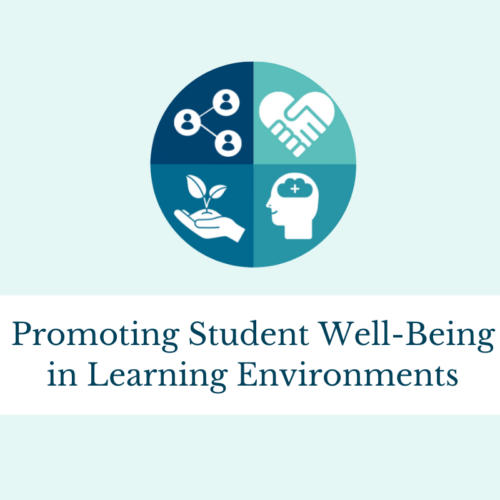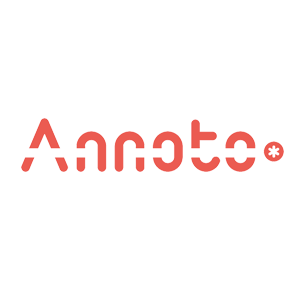
Faculty Spotlight with Matthew Lew, Assistant Professor of Electrical & Systems Engineering
 “If students can master the qualitative and quantitative rules that govern the natural world around us, then there is no limit to the creative solutions for tomorrow’s problems that they can devise,” said Matthew Lew, Assistant Professor of Electrical & Systems Engineering (ESE) at the McKelvey School of Engineering at Washington University in St. Louis. Professor Lew teaches the undergraduate course “Introduction to Electrical and Systems Engineering,” and the graduate course “Fundamentals and Applications of Modern Optical Imaging.”
“If students can master the qualitative and quantitative rules that govern the natural world around us, then there is no limit to the creative solutions for tomorrow’s problems that they can devise,” said Matthew Lew, Assistant Professor of Electrical & Systems Engineering (ESE) at the McKelvey School of Engineering at Washington University in St. Louis. Professor Lew teaches the undergraduate course “Introduction to Electrical and Systems Engineering,” and the graduate course “Fundamentals and Applications of Modern Optical Imaging.”
Professor Lew joined the ESE department in July 2015. Before assuming this role, he was a postdoctoral fellow in the de la Zerda Group in Structural Biology at the Stanford University School of Medicine. He earned his PhD in Electrical Engineering working in the laboratory of W. E. Moerner, a WashU alumnus and co-recipient of the Nobel Prize in Chemistry 2014 for “the development of super-resolved fluorescence microscopy.”
In 2020, Professor Lew was an honoree of the Emerson Excellence in Teaching Award, which recognizes educators for their leadership in and passion for teaching, their contributions to student learning, and their knowledge and creativity.
In an interview with The Center for Teaching and Learning, Professor Lew emphasized the importance of helping students master mathematical theory and engineering applications to describe physical phenomena and design devices that perform useful functions. He also discussed how he has adapted his teaching during the pandemic.
What was your path toward becoming an engineering professor?
My journey toward becoming a professor is full of nurturing educators and inspiring experiences that crafted my identity as a scholar and teacher. However, two mentors had an outsized impact on my choice to research and teach for a living. First is my undergraduate research advisor, Professor Changhuei Yang at Caltech, who trained me as during my sophomore summer to lead my own optics project. My fascination for clever imaging technologies largely comes from my experiences in his lab. I had originally assumed that I would go into industry after earning my BS degree, but my research experience was so rewarding that I decided to go to graduate school to pursue a PhD.
What was your experience like working for W. E. Moerner? What did you take away from the experience?
The second mentor that inspired me to become a professor is W.E., and it would be tough to overstate his influence on my research trajectory and my mentoring style. He is a teacher and mentor to his students first and foremost, regardless of whether the topic is scientific theory, experimental techniques, or presentation skills. Secondly, he created a culture within his group that encourages and rewards collaboration rather than competition. Turning crazy ideas into experiments with labmates on nights and weekends are some of my fondest memories from grad school. Finally, his love of rigorous science is contagious. He did not care about “flashy” data or images; rather, he always pushed us to think critically about our data and make careful measurements to support our conclusions.
Tell me more about your research at WashU. What projects are you working on, and how do you guide students in this research?
Molecules are the nanoscale machines that drive living processes within cells and chemical reactions like catalysis for alternative energy applications, but current imaging technologies cannot “see” how individual molecules work or move in liquid environments. Optical microscopes typically cannot resolve molecules that are too close together, while high-powered electron microscopes need to freeze samples or expose samples to vacuum in order to work.
My lab develops new technologies to measure how molecules move and interact in chemical and biological systems. I train my students to fuse ideas from physical chemistry, optical physics, and image processing to build instruments that can observe dynamics that can’t be seen using any other technology. More info is at my lab’s website.
What are some of the challenges of teaching engineering, and how do you address them?
In the context of the “physics-y” topics in electrical and systems engineering I teach, there are two interrelated challenges that students face. One is becoming fluent in the mathematics that we use to describe various physical phenomena and use to design devices that perform useful functions. The second is developing an intuitive understanding of the various concepts critical to solving a given engineering problem.
My approach to address these challenges, which isn’t flashy or magical, is to give students ample practice in mastering both mathematical theory and engineering applications throughout the semester. I make sure that undergraduates solve open-ended engineering problems from a variety of contexts; this helps motivate the importance of the abstract math they learn. In my graduate optical physics class, I intentionally teach students multiple ways to model how light travels and interacts with matter, and they must learn how to choose and use a model that is appropriate for the situation.
What is your favorite part (or parts) of teaching engineering?
My favorite part of teaching engineering is communicating the wonder of a “magical” natural phenomenon and then revealing how the magic works “inside the black box.” If students can master the qualitative and quantitative rules that govern the natural world around us, then there is no limit to the creative solutions for tomorrow’s problems that they can devise.
How have you adapted your teaching during the pandemic? What advice do you have for other instructors teaching during this challenging time?
Before the pandemic, I gave comparatively little thought about the classroom social environment, and I was content to lecture for long periods to communicate ideas in a longer format. For the pandemic, I have adapted my assignments to require students to work collaboratively in teams; my goal is to lessen the sense of isolation that students are feeling in this era of distance learning. I have also revisited the way I deliver content, making my lectures shorter and more modular.
What do you hope students take away from your classes or lab?
Before college, many students have been trained to treat math as a computational tool where one must simply memorize formulas to get the correct answer to a textbook problem. Conversely, engineering requires students to fluently converse in mathematical language to define an open-ended problem and to demonstrate a proposed solution. I hope that students will master both the conceptual technical content and the quantitative mathematical models useful for understanding specific systems and devices. I believe such mastery is essential for them to become influential engineers and to impact society through their ideas and inventions.
What advice do you have for aspiring instructors?
My advice is to focus on enjoying your students’ learning processes, which need not be without challenges to be successful. Students easily recognize our love of the course material and our pleasure in teaching it to them. They’ll be more active in the (virtual) classroom if they can see us experimenting with teaching and assessment strategies, putting effort into recognizing their exemplary work, demonstrating our enjoyment of the course material, etc. Learning success and the joy of learning go hand in hand.




